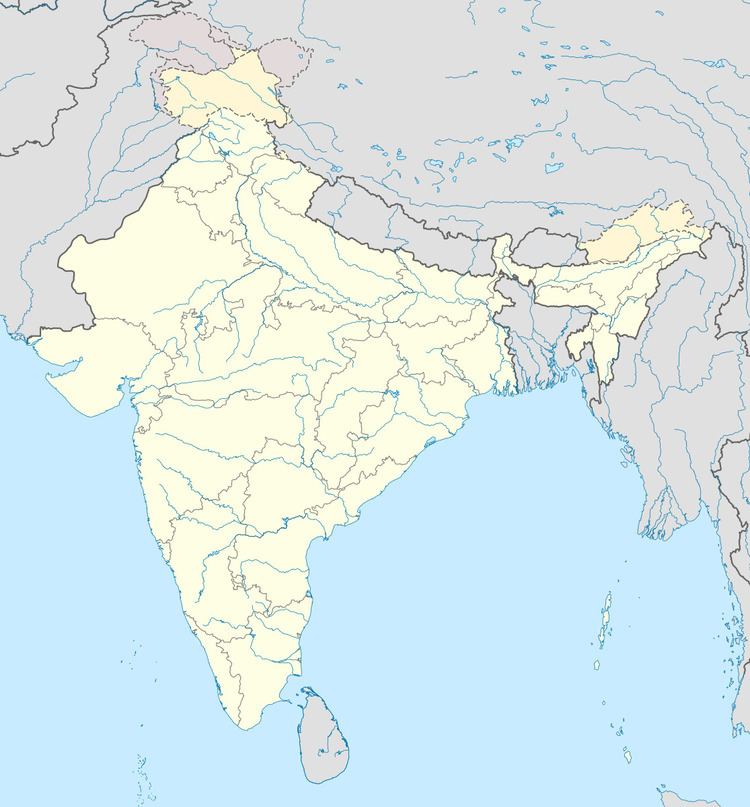Capital Ratnapura Established 11th century Preceded by Succeeded by | Government monarchy Disestablished 12th century Today part of India | |
 | ||
The Haihaiyavansi Kingdom was a kingdom in the upper Mahanadi River basin in eastern India, comprising the central portion of present-day Chhattisgarh state and west-central Orissa. The kingdom was ruled by the Haihaiyavansi clan of Rajputs from the 12th to the 18th centuries AD.
Kingdom
The kingdom originated as the eastern province of the tenth-century Kalachuri or Chedi kingdom, which was centered in the upper Narmada River valley. The Kalachuris ruled from a capital at Tewar (Tripuri) near modern Jabalpur. By the eleventh century the Ratnapura branch, had settled in the upper Mahanadi basin, and in the twelfth century became independent. For over six centuries the upper Mahanadi basin remained under the control of the Haihaiyavansi rajas claiming descent from the Ratnapura Kalachuris. The kingdom was located east of the main routes between northern and southern India, and was spared the Muslim invasions of the 13th-16th centuries. In the late fourteenth century a dynastic split divided the kingdom between a northern, older branch at Ratanpur and the younger branch at Raipur to the south.
The kingdom ended with the Maratha invasions of the 18th century. Marathas of the Bhonsle clan established themselves in Berar at the beginning of the 18th century, and conquered the neighboring Gond kingdom of Deogarh in 1743. The Bhonsles made Nagpur their capital, and expanded east into the Haihaiyavansi Kingdom, to use it as a base for raids further east into Bengal and Orissa. Raigarh fell to the Bhonsles in 1741, and by 1744 Maratha control over the kingdom was firmly established.
